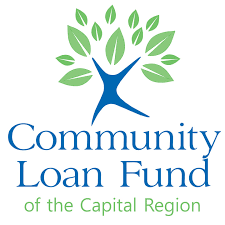Super excited to be helping to get the word out on this exciting and growing video gaming conference. Expo Founder Anthony Rossi reached out to ACE! and Discover Albany when 1UpState was just a long shot idea about a year in advance of the 2023 inaugural event. His passion was contagious and he was building excitement in small to mid-sized regional studios and regional educational institutions for his idea. Last year was a great success and the vibe was on point. This year is building on that progress with great vendors, presenters and a headline sponsorship from Warner Bros. Games. I spoke with Anthony and this years keynote speaker Jason Dela Rocca to get a better idea of what we can expect and how our region can better position itself in the gaming industry.
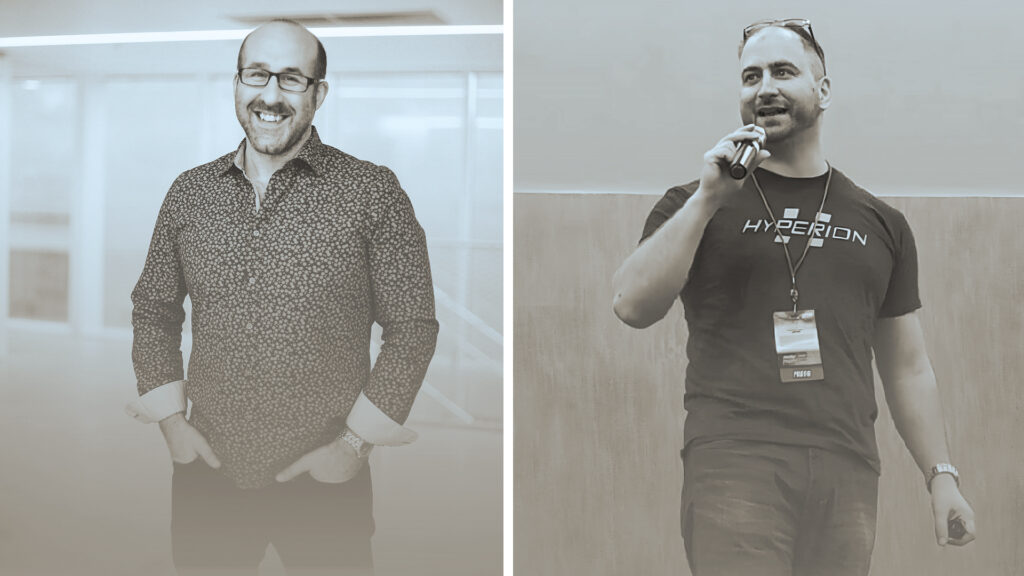
Anthony Rossi : Co-Producer and Organizer at 1UpState | Photo(s): Provided
Can you both share / sketch out a bit about your background and how you came to be involved in the gaming industry?
ANTHONY: My current favorite joke is that “I have been playing Final Fantasy since before it had a number in the title!” So really, I grew up with gaming as a hobby and just simply never gave it up. After I graduated college, I started to dip into what would be known now as being a “Content Creator“, with my most endeavor being a podcaster under the title, “Videogame Crosstalk” where I would interview people who work in the tech or science industry or involved in the gaming community. As for the gaming industry in my current capacity, it really started when I posed the question to the community of the Tech Valley Game Space as to whether or not people would want to put together a larger local showcase event. Turns out one had been started, but never gained enough traction to be brought into being. They graciously invited me into the group to try to revive it, off we went! I currently work in Project Management as my day job, so for the entire process of organizing 1UpState my role is purely to be the organizer. This is what allowed me to view the endeavor as a whole, break down the aspects into manageable parts, and direct those who do have a deeper understanding in game development to guide decisions to better serve our audience.

JASON: I’ve been in the game industry for nearly 30 years! In the mid-90s there were no game schools or degrees, barely a book or two on making games, and the Internet barely existed. It always seemed like games were made by robots in Tokyo.
My education is a mix of business and tech, but I never really had the pure game making skills to actually make games. So, I have mostly worked in a supporting role, helping build community and support structures that enable game developers to succeed. I was the Executive Director of the IGDA (International Game Developers Association) for 9 years. I co-founded the first venture-backed game incubator in the world, called Execution Labs. We invested in 25 indie game studios and nurtured them to make awesome games. I also do a bunch of advisory/consulting work with governments around the world on how best to invest, grow and support their local game ecosystem.
All that said, I do have a few credits to my name. One of my first credits was a “Special Thanks” in the original Baldur’s Gate back in 1998!
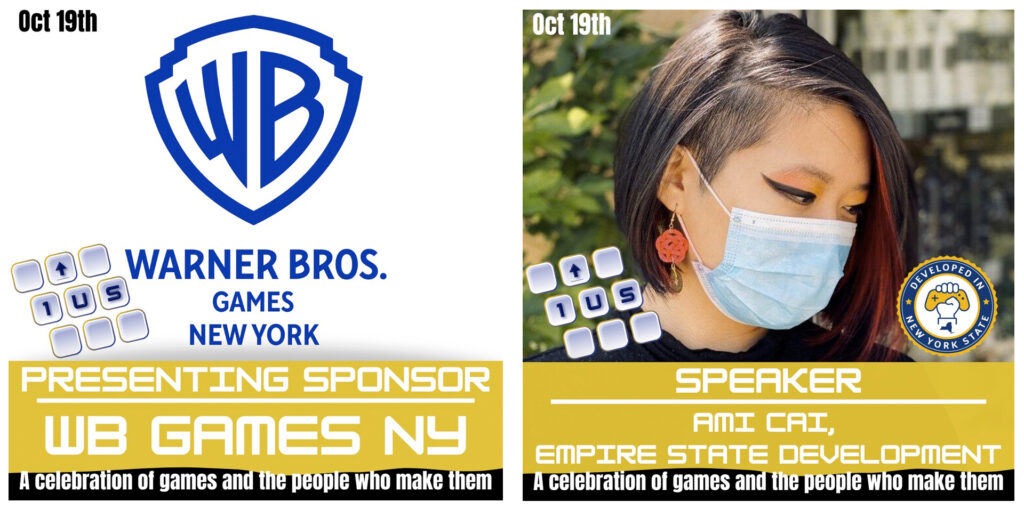
Anthony, you have a pretty demanding day job, what made you decide to invest the time and effort to create 1UpState? I know it’s pretty time-consuming planning an event of this scale!
ANTHONY: I wanted it to be done RIGHT. When you go to enough of them, you begin to see the commonalities of their setup and design, and what does or does not work. As gaming has become more popular, I noticed organizers were still treated gaming as an activity for children while completely ignoring the fact that people are holding on to gaming as their personal downtime hobby later in life, and that games have matured into a full art form of their own.
As for the time aspect, the main thing to understand is that I am not organizing this by myself. I am working with a full team to help organize all of this! Internally, I have been working with Jamey Stevenson, Chris Spahn, and Lilly McAvoy. Additionally, I am working with Richard Lin of Agora Media, Dane Jennings for sponsorship solicitation, Andrew Bugenis for videography, and of course the amazing staff of the Albany Capital Center to manage all the other many, MANY details! And of course, the many volunteers to help work the event itself to make sure the exhibitors have what they need and that everything runs smoothly.
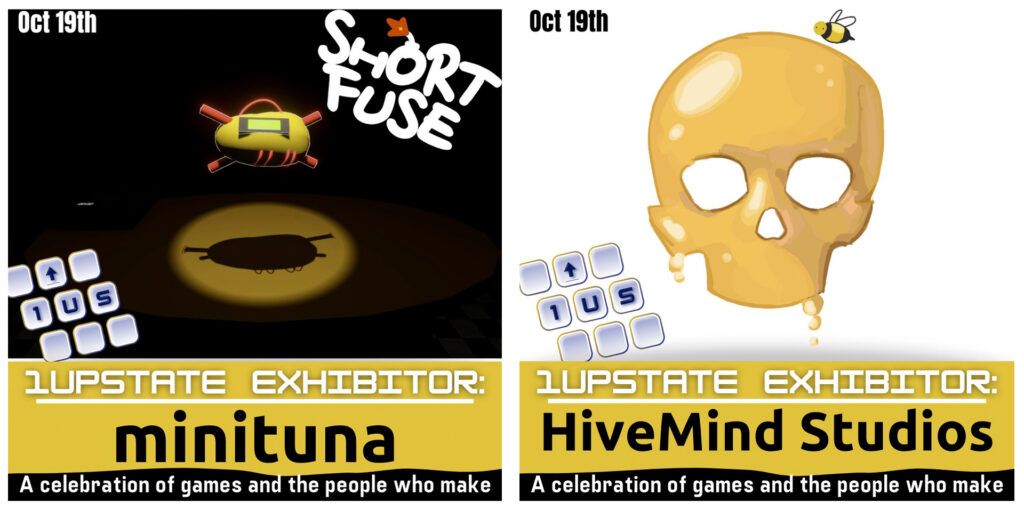
What would you say are some of the challenges to creating critical mass in a region that is trying to build a sustainable gaming economy?
JASON: One of the big challenges is properly supporting/nurturing entrepreneurship. Many regions are full of talented and passionate game makers, but they often remain on the sidelines, tinkering away as hobbyists or weekend warriors. That’s wonderful and great to see. But, how do you enable those folks (at least the ones that want to) make the leap to becoming professional game makers and earning a living?
This is compounded by the fact that most schools teaching games do not offer any business/marketing related courses, and generally try to funnel graduates to entry level jobs at big studios…. often out of state. So, when a region doesn’t have a large employer base, the schools are reinforcing brain drain rather than enabling entrepreneurship and pushing graduates to create new studios… effectively making their own jobs!
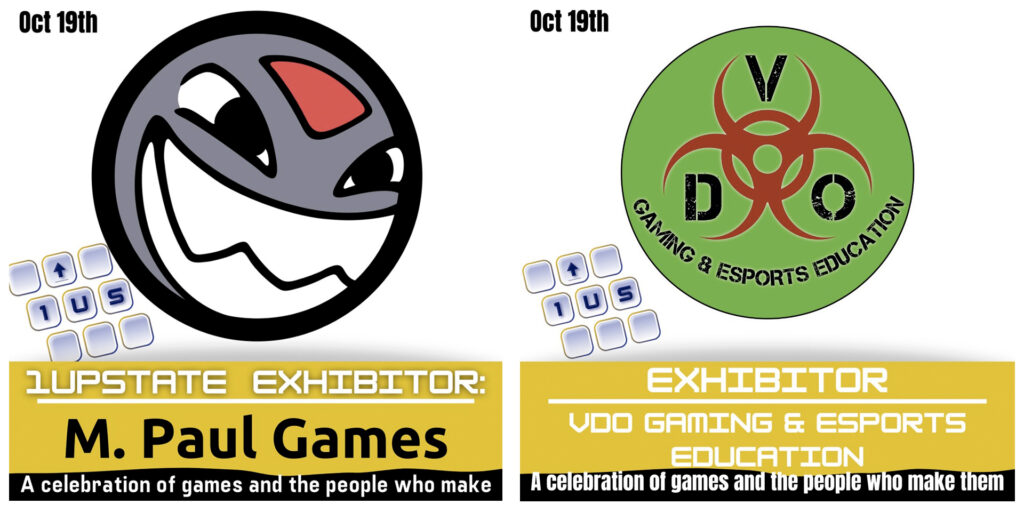
Last year seemed pretty successful for a 1st year initiative. I found the programming to be diverse and inclusive. How is this year shaping up? What can folks expect experientially if they attend the conference?
ANTHONY: 1UpState is a “bridge” between the consumer focused convention style event, such as the various Comic-Cons or Geek Fests, and the professional Conferences. This will be the key point to keep in mind as you plan your attendance to the event. After you pass by the registration tables, the main hall will be several rows of exhibitors. These exhibitors will be mainly small, local game developers, whether they are showcasing the game that they have built by themselves, with a small team, or they may be a student team from a local university. There will also be other supporting organizations that helped bring 1UpState into its current state, such as Tech Valley Game Space, Empire State Development, Retro Game Con, and others. And finally, since everyone enjoys them, there will be a few crafters putting up their gaming centric wares for sale.
As for panel discussions, there will be a variety of topics covered, and they will mostly be 30min micro-talks. Topics covered will be more developmental focused, intended for those between the beginner/student to intermediate level game developer. This way the topics are accessible to those who are interested in game development while still being interesting enough for those who have some experience on their resume. We also pay special attention to diversity and representation when accepting panel and speaker applications. We want to be sure that our selection of speakers and topics matches the representation of the gaming community, even if it means declining some pretty great sounding applications.
At the current time, we plan to have about 38 exhibitor tables and 9 panel sessions, including a Keynote speaker. There will also be concessions during the duration of the event and a “Quiet Room” where attendees can take a break from the lights and noises without having to leave the venue.
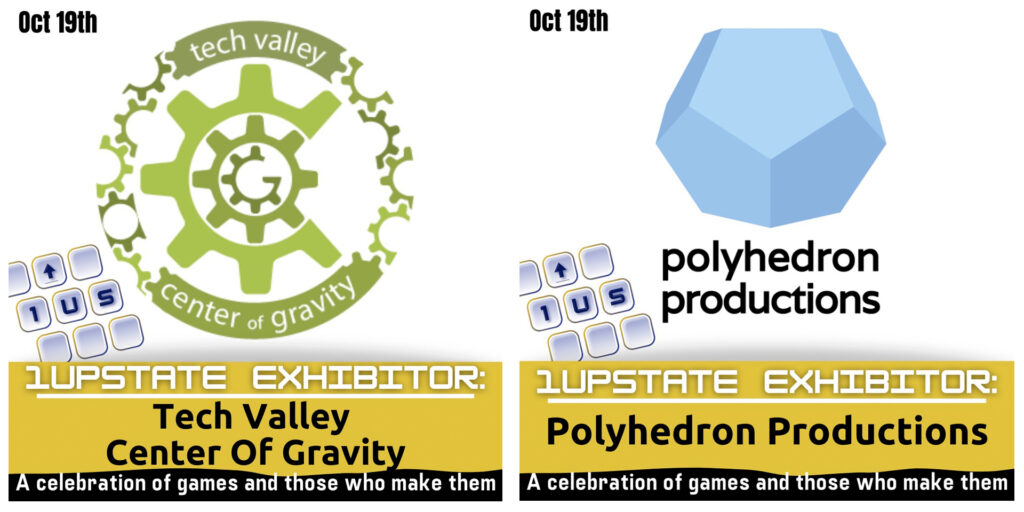
Anything you particularly excited about this year?
ANTHONY: Absolutely! Aside from some of the amazing speakers, we are also adding two very special items to the program! First, we will be having a small business workshop conducted by Destiny Watkins from the Community Loan Fund of the Capital Region. The workshop will focus on understanding business finances and setting yourself up as a business entity. This will help those who are interested in starting their own game development studio or company to set themselves up for success from the beginning. The other item we have will be a separate play-testing area for board game developers. In the back of Meeting Room 2C, there will be a set of tables set up and managed by a local board gaming group, Spielbany. Here, attendees will be able to play board games that are currently being created and provide feedback to the designers themselves, in real time, as they play!
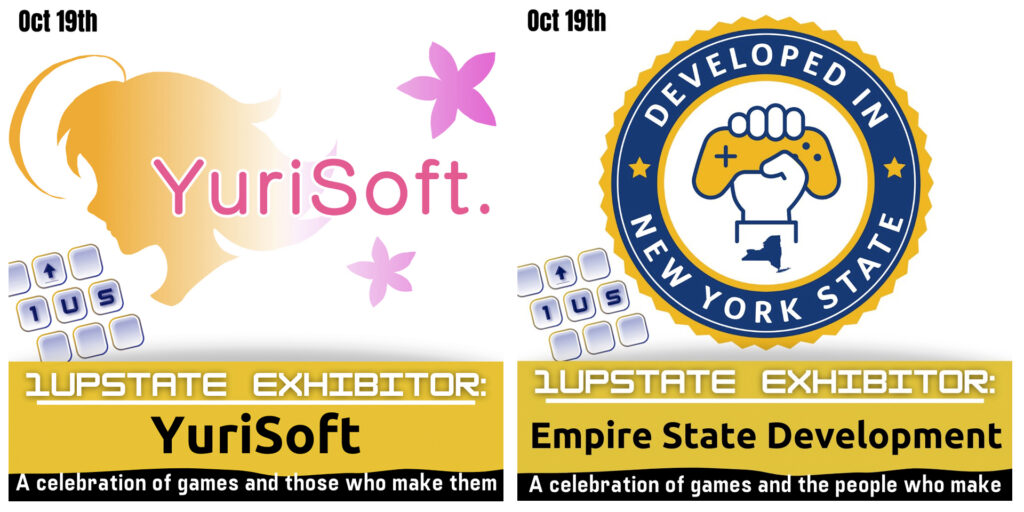
Jason, what recommendations would you make to folks like Anthony and the 1UpState team who are trying to build that synergy?
JASON: Keep pushing! Consistency is critical. Look for opportunities to always mix in business/marketing in the content. Game makers love to talk about their craft — and that’s important — but we need chances to feed them their business broccoli as well 😉 Further, case studies are always inspiring. Bringing in folks that have made that leap, to share their stories, to advise and inspire others. It becomes more relatable than just a grizzled veteran like me sharing wisdom.
Ultimately, it requires the 1UpState team to think deeply about what the local community needs to succeed, and then try to fill those gaps as much as possible.

Is there still time for folks to get involved? What is the best way for individuals to find out more about the schedule and programming?
ANTHONY: At this point, we are simply finalizing the last remaining bits and pieces of the event and sending info out to have our program designed and printed. All information is being added to our main webpage, 1upstate.com, which also includes links to all of our socials. We’ll be making announcements as things get finalized, so be on the lookout for those and more!
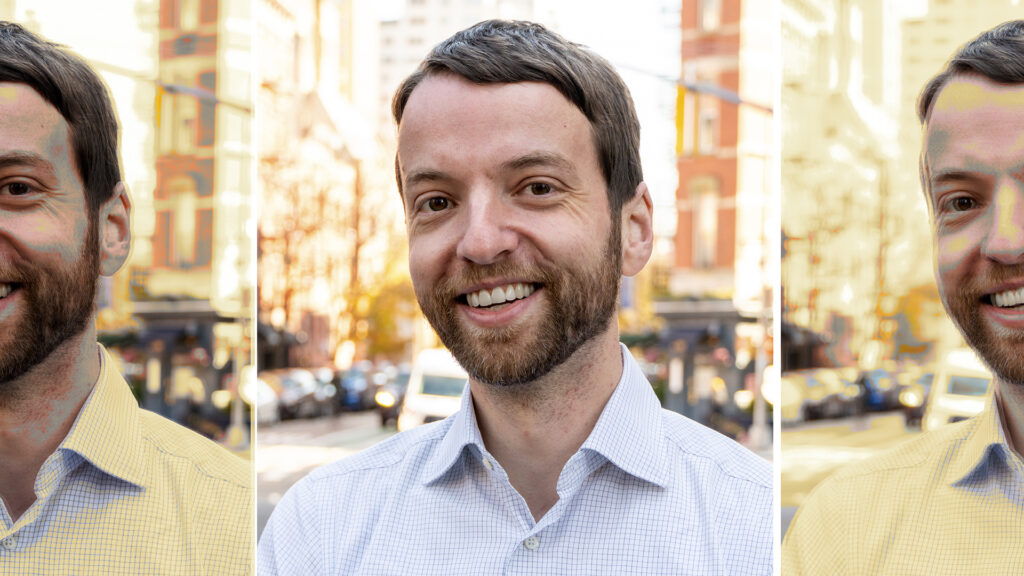
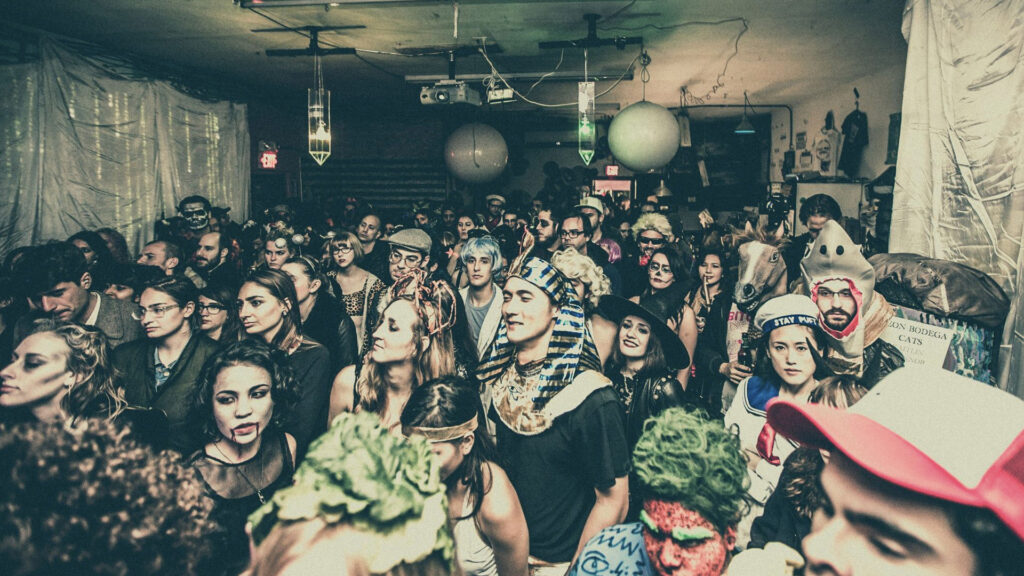
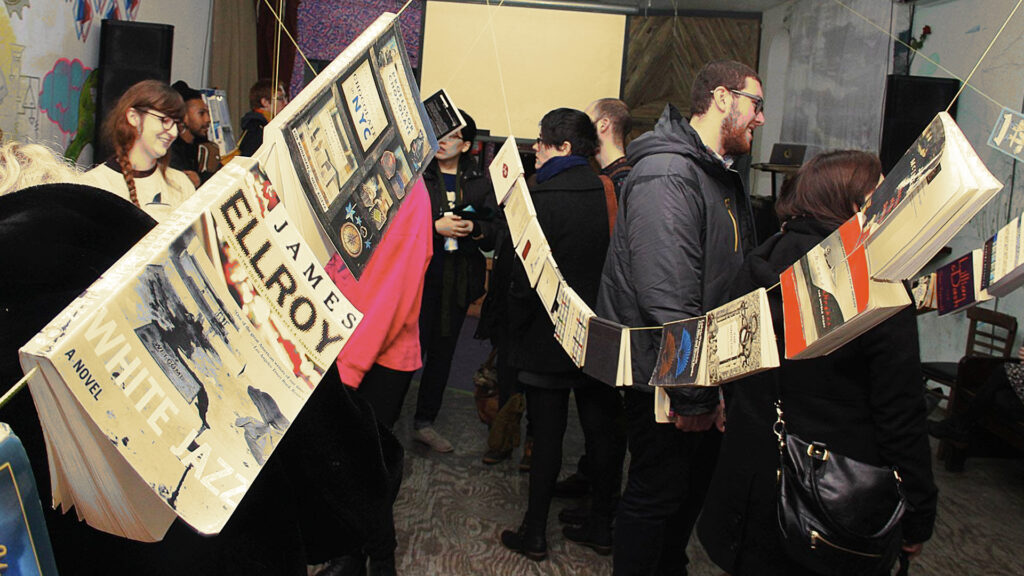
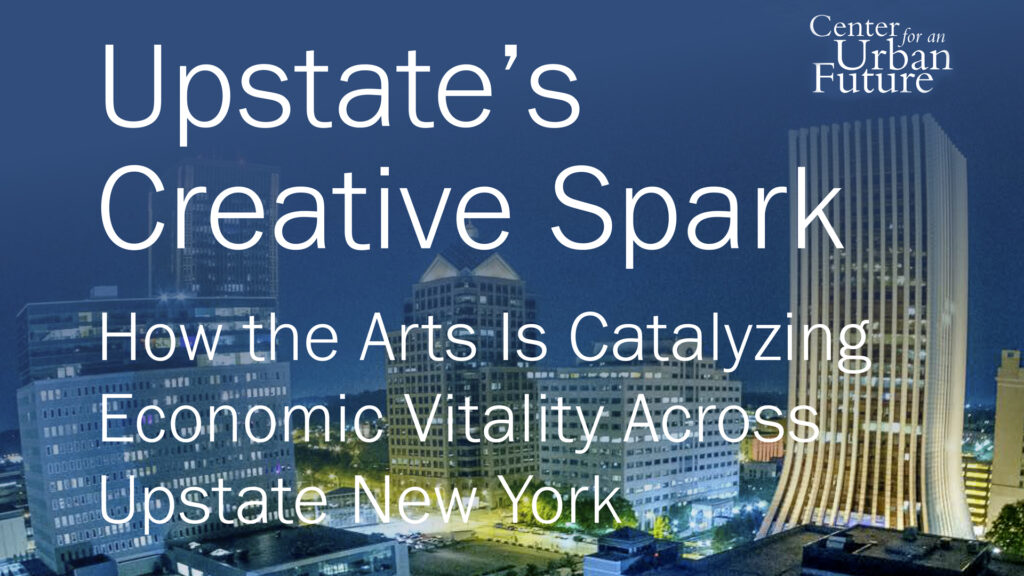
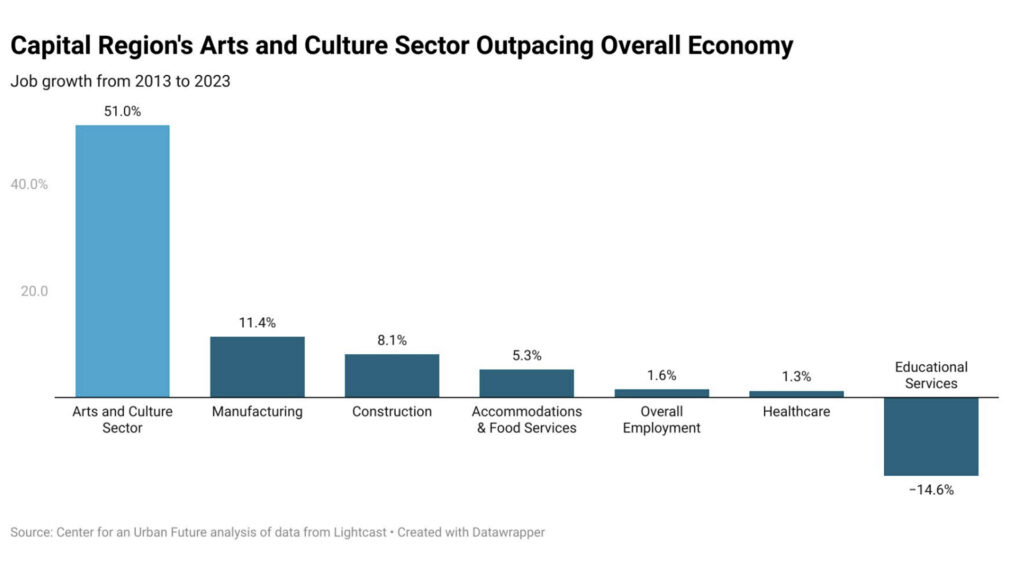
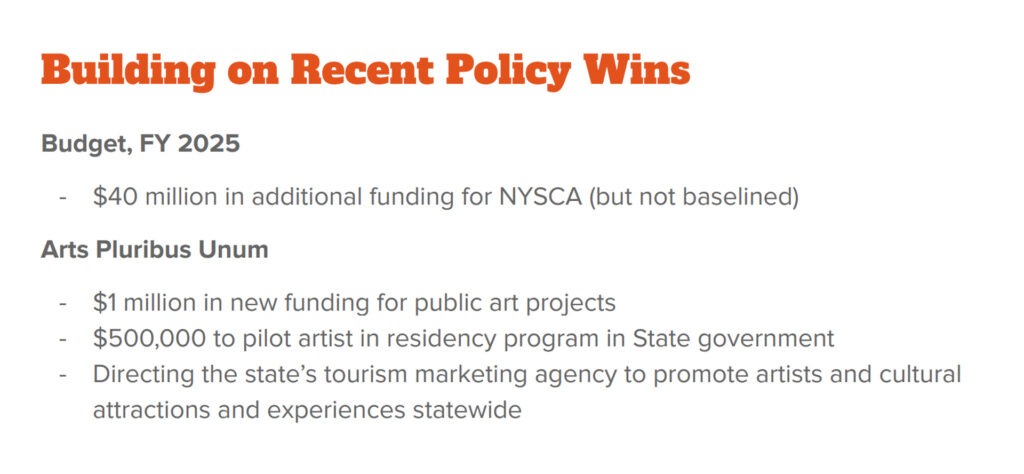

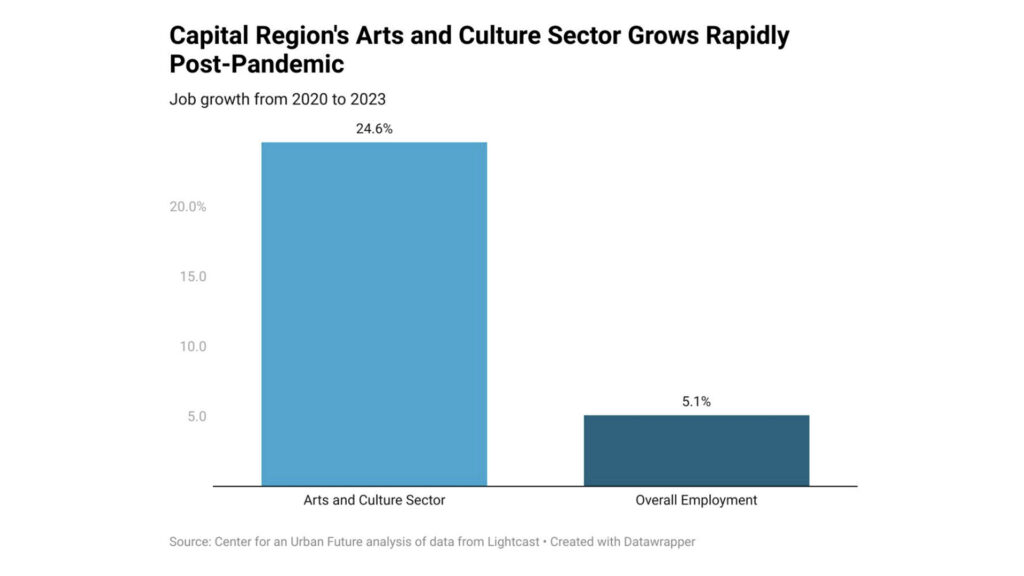
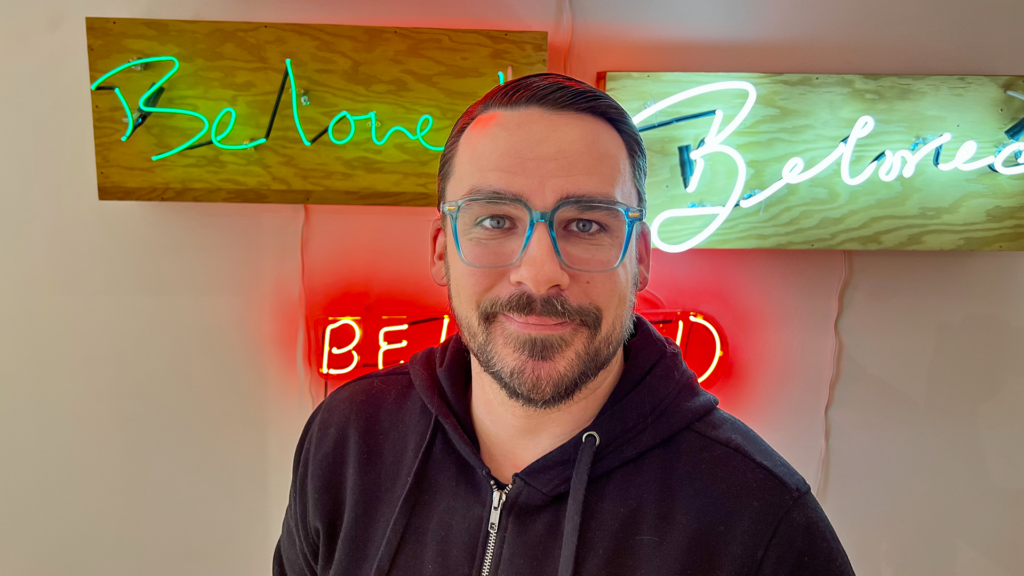

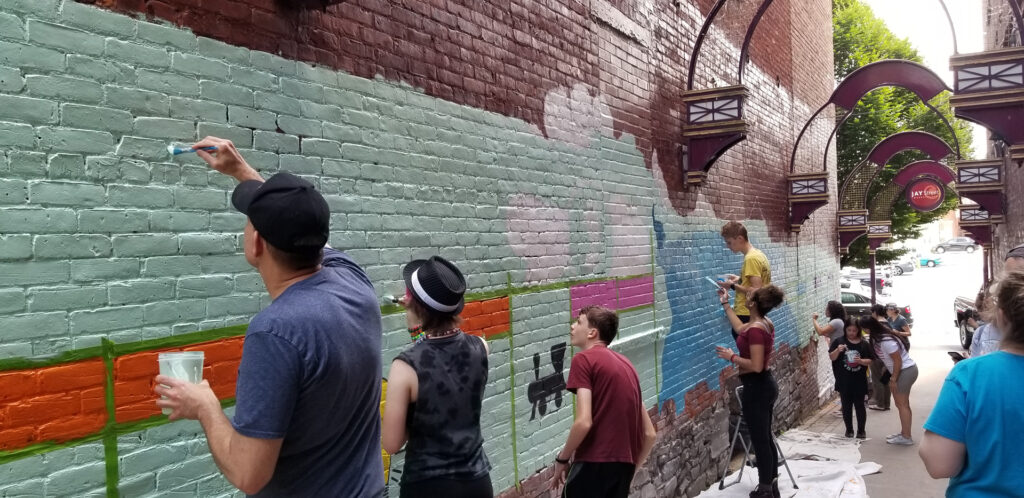
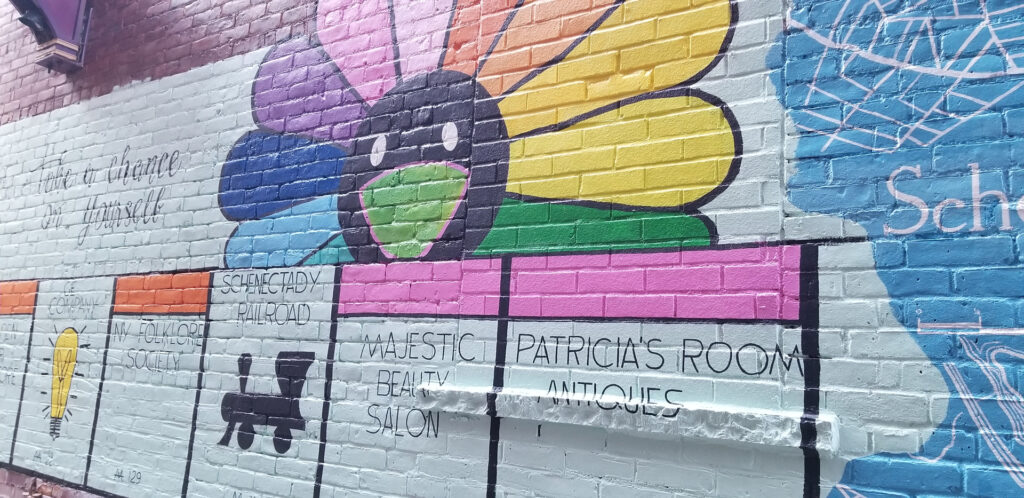
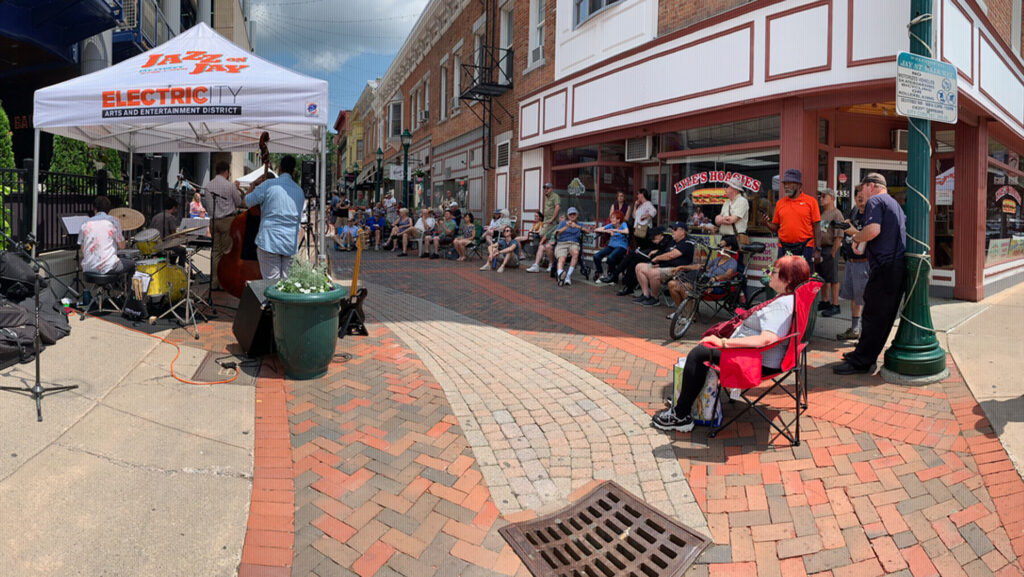

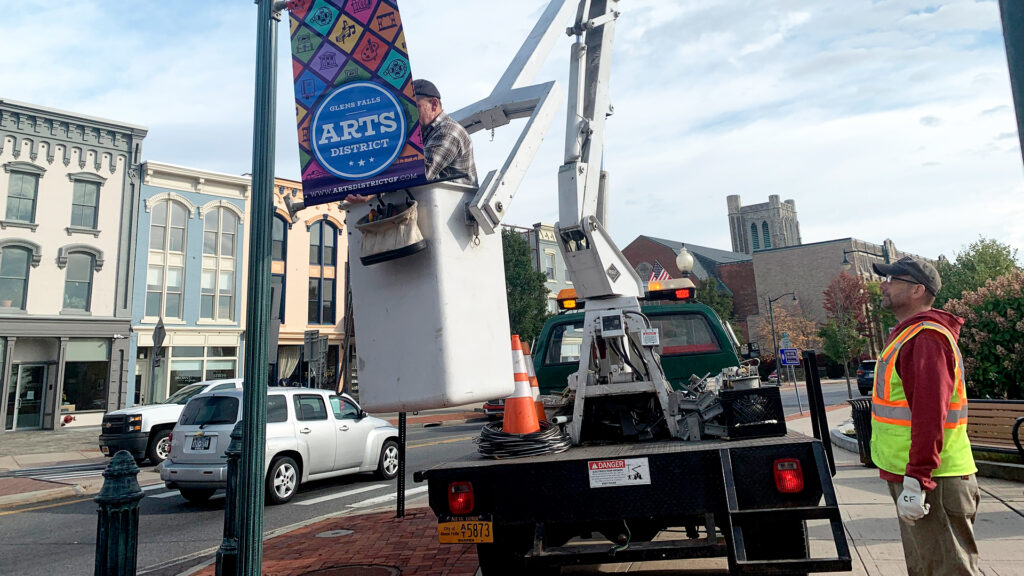
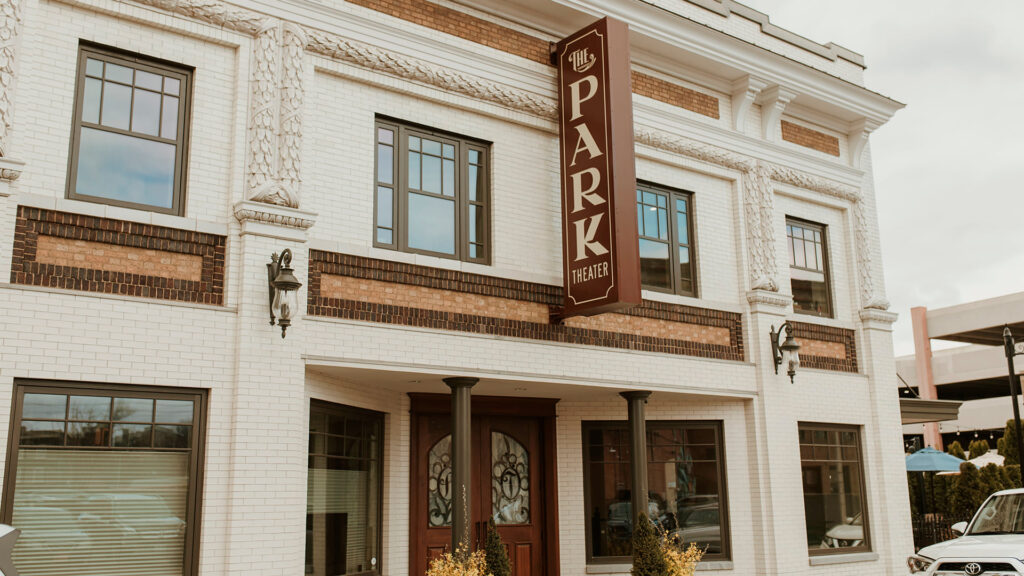
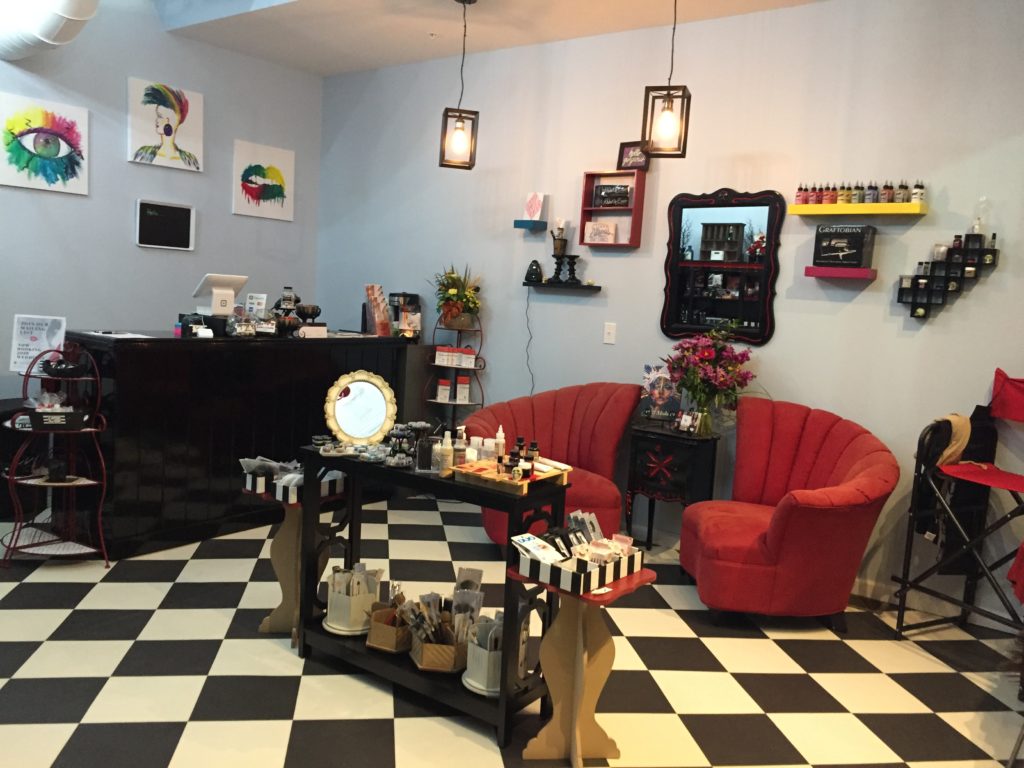
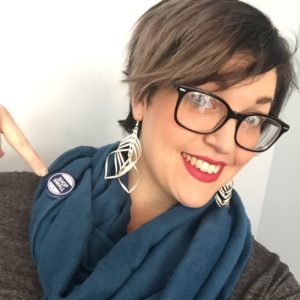 Jenn Dugan at
Jenn Dugan at 